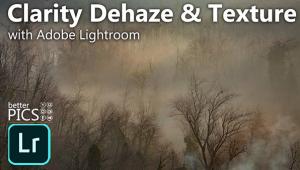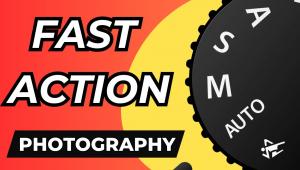Pro's Choice; Showing People In The Best Light; Andrew Eccles Makes Celebs, Dancers, And Everyday Folk Shine With His Lighting, Attitude, And Style
“I can trace my roots in photography back to when I was a student at the Ontario College of Art (Toronto),” Andrew Eccles recalls. “But there was one problem: back then, I found it intimidating to approach people with the camera, so I avoided photographing them.
“Then I came to New York and started studying magazines such as Rolling Stone, and, through a fortunate set of circumstances, I ended up assisting Annie Leibovitz. It was as if somebody had turned on a light bulb. Now I realized that photographing people was what I wanted to do. I worked with her for three years as her only assistant. After that I freelanced with a number of people, including Steven Meisel and Robert Mapplethorpe. It was a pretty remarkable assisting experience.”
Client: Young Frankenstein (Theatrical) Producers |
|
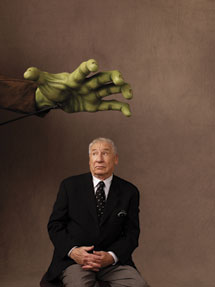 |
|
|
He continues: “Annie Leibovitz had an enormous influence on my shooting style when I first came out of the starting gate—and that influence is still there. I learned a ton in those three years—how to work with people, control the situation, make smart decisions, and devise conceptual portraits that spoke to people. It was a tall shadow to crawl out from under, and I eventually started to figure out my own ways of doing things. But for the first few years, I would always think: what would Annie do; how would Annie solve this problem? Thankfully, in my 25 years as a professional photographer, I did develop a signature style all my own.”
Client: Psychology Today Magazine |
|
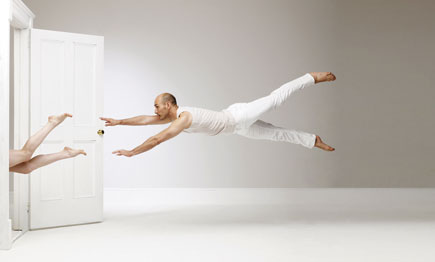 |
|
|
While he often shoots in Los Angeles, Eccles (www.andreweccles.com) is based in New York City. He is noted for his portraits of celebrities, sports figures, and dancers, but Eccles devotes equal time to photographing everyday people for his editorial and commercial clients.
From Analog To Digital
His first medium format camera was a Mamiya RB67, which he bought used, along with a 110mm lens. He eventually moved up to the RZ67, finding it more practical, and that paved the way for his transition to digital, adding a Phase One back, also used, and currently a P 45+. But that transition did not come lightly. “I was dragged by wild horses into the digital world about seven or eight years ago,” he reminisces. Occasionally he’ll shoot with his Canon EOS 5D Mark II with a 24-70mm zoom, “but my bread-and-butter shots are made with the RZ.” Other lenses that he owns for the Mamiya include the 65, 90, 127, and 180mm (which rarely sees the light of day). “However, on shoots I always have my digital tech bring a 50mm lens, as well as a 75mm that we rent.”
Eccles prefers Phase One’s Capture One software for Raw conversions. For digital retouching, editing, and compositing he works exclusively with Industrial Color (www.industrialcolor.com), which is located in New York and Los Angeles. His current full-time assistant, who has been with him for about four years, is John David Raper.
Client: TV Guide |
||
 |
 |
|
|
||
Lighting Big
As a young photographer, Eccles was focused on affordability—so for his lighting he started small, literally turning to a Dynalite 1000 ws pack and two heads that he bought, along with a medium Plume Wafer softbox. These days, Profotos take center stage for him, although he rents these lights. “When I was assisting Annie Leibovitz, Profoto came onto the scene and through another set of fortuitous circumstances I was introduced to this lighting system, which has proved itself time and again, staying in step with the frenetic pace of my shooting.
Client: Psychology Today Magazine |
|
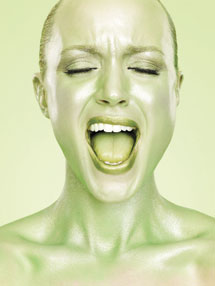 |
|
|




































